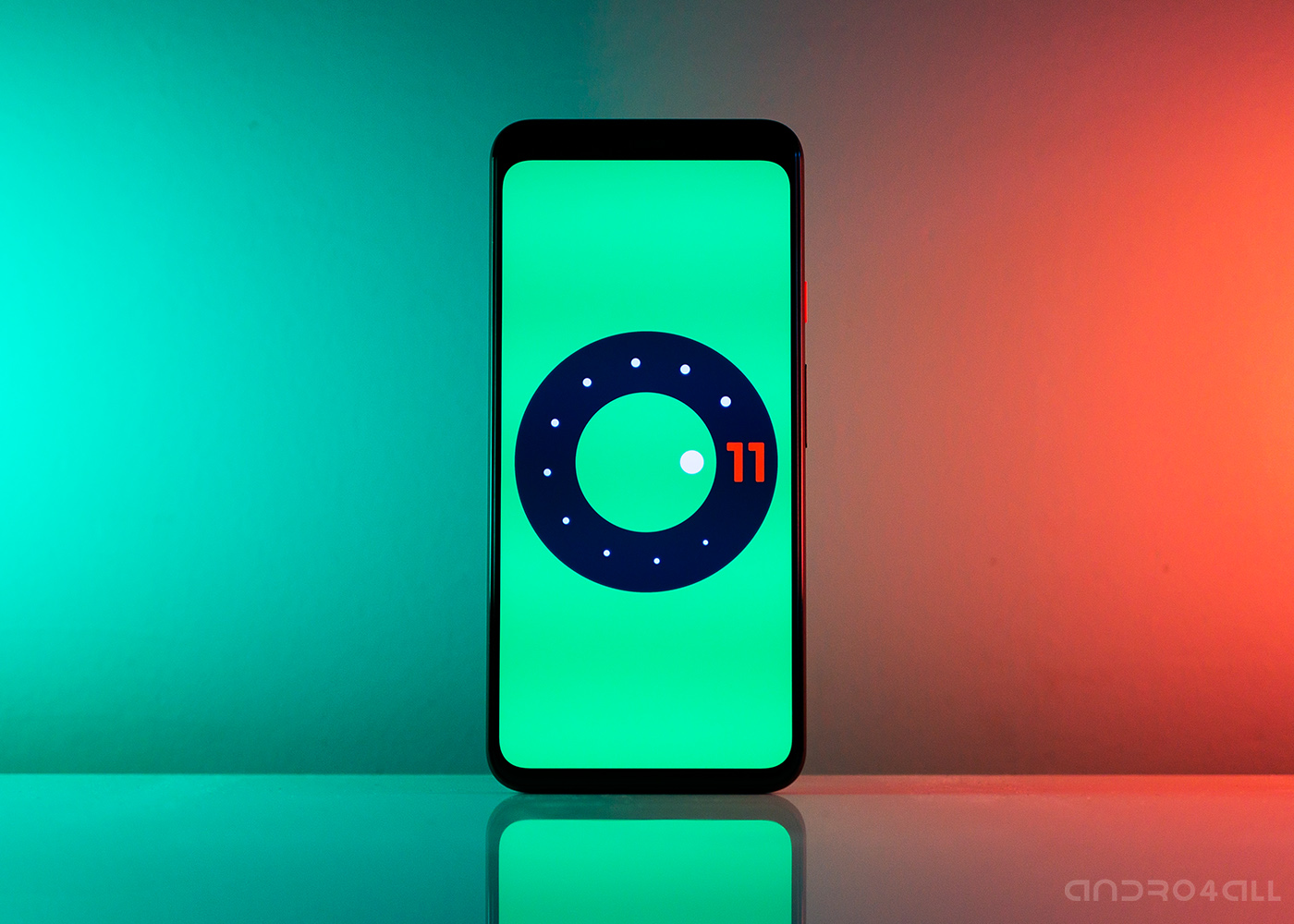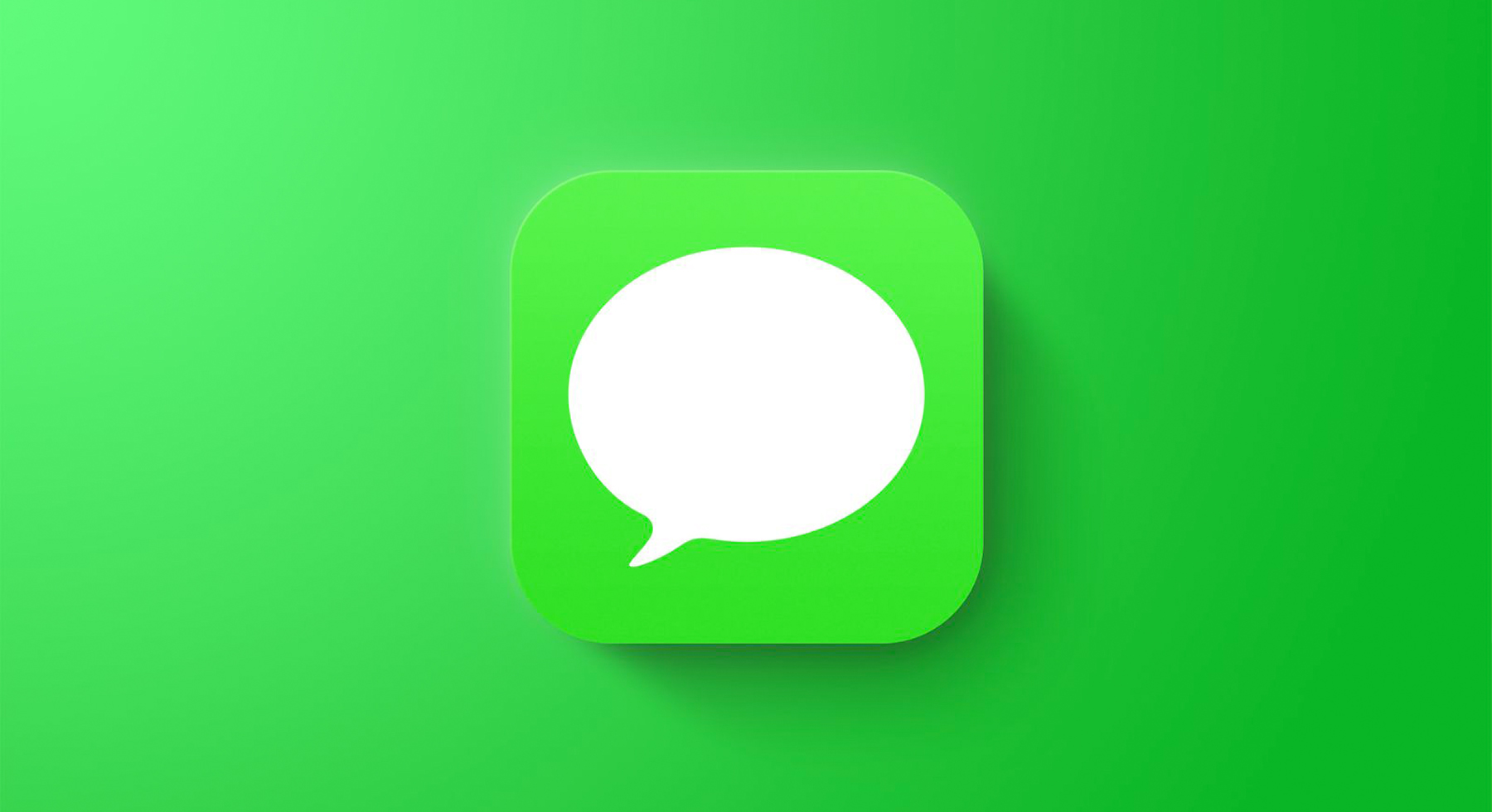History Of Android: When did Android Started?
The history of Android goes way back to 2003. When the word Android was spoken at a time when the Android mobile operating system did not yet exist, most people probably thought of the synonym for artificial man.
In the last year, out of 432,000 new smartphones, 353,000 devices used a version of Android. The rest went to Apple and others.

Main features, options, capabilities, and enhancements:
Here is a list of the main features, options, capabilities, and enhancements brought by the history of the Android operating system.
Let’s start by noting that Android didn’t originally come from Google. In 2003, Andy Rubin, Nick Sears, Rich Miner, and Chris White founded Android Inc. In August 2005, Google Inc. arrived to buy the startup and turn it into a subsidiary.
History Of Android Versions:
The first version of Android was introduced in 2007. Back in 2007, Android acquired several patents for mobile technology and phone manufacturers, and the public has begun to speculate that the company intends to release the phone on its own operating system.
In October 2008, the company’s first smartphone, the T-Mobile G1 (HTC Dream), was introduced in the United States and ran on Android version 1.0.
Then in February 2009, Google released its first Android 1.1 update. Two months later comes the update, which has the official name Android 1.5 Cupcake. It begins a long tradition where each new version of this operating system is named after a delicacy.
Also Read: 12 Android Terminologies You Should Know

Since 2010, when version 2.2 of Froyo and especially version 2.3 of Gingerbread were released, Android has started to prosper and its market share has started to grow significantly.
Next was version 3.0 of Honeycomb from February 2011 which was intended for tablets and did not get on the phones.
In 2012 and 2013, Android already dominates the whole world without exaggeration.
Another version is 5.0 of Lollipop, which was released in November 2014. Android comes with a bold visual style and uses its own Material Design for the first time.
Each year additional versions brought partial improvements in some areas or new features, and that made Android so big as it is today.
Versions 6.0 Marshmallow and 7.0 Nougat were created in 2015-2016 and continued the established trend of increasing user comfort and adapting the system to users’ liking.
Also Read: Latest Android 12 UI Leak Showcases Changes to Widgets and Notifications

In 2021 we got Android 11. Android 11 is the eleventh major version and the eighteenth version of the Android mobile operating system.
It has features such as:
– chat pop-ups;
– built-in screen recording;
– notification history;
– new permission controls;
– automatic reset permission.
Also Read: 6 Dope Things You Can’t Do With Android 11 But Can With 12
In conclusion, Android is the world’s most popular operating system for mobile devices. It’s also the most widely used mobile software in the world, with over 2 billion active users. Android has come a long way since its start in 2003. It has cemented its place in the market with a wide range of devices and a continuous flow of updates to the core OS. It’s still not perfect, but it’s a lot more consistent and reliable than it was even 5 years ago.





